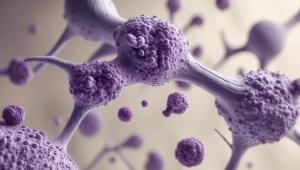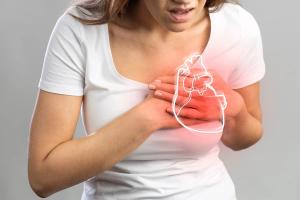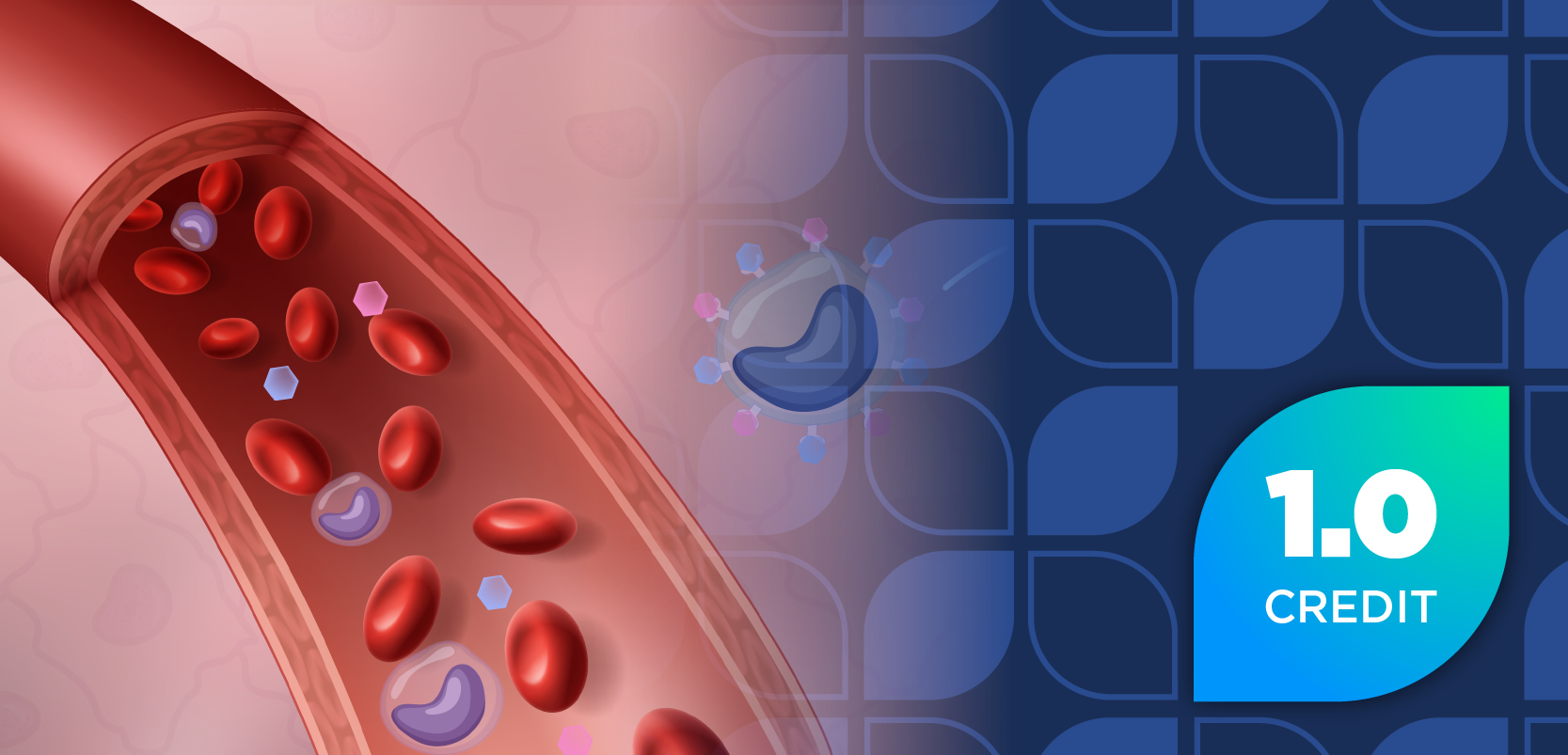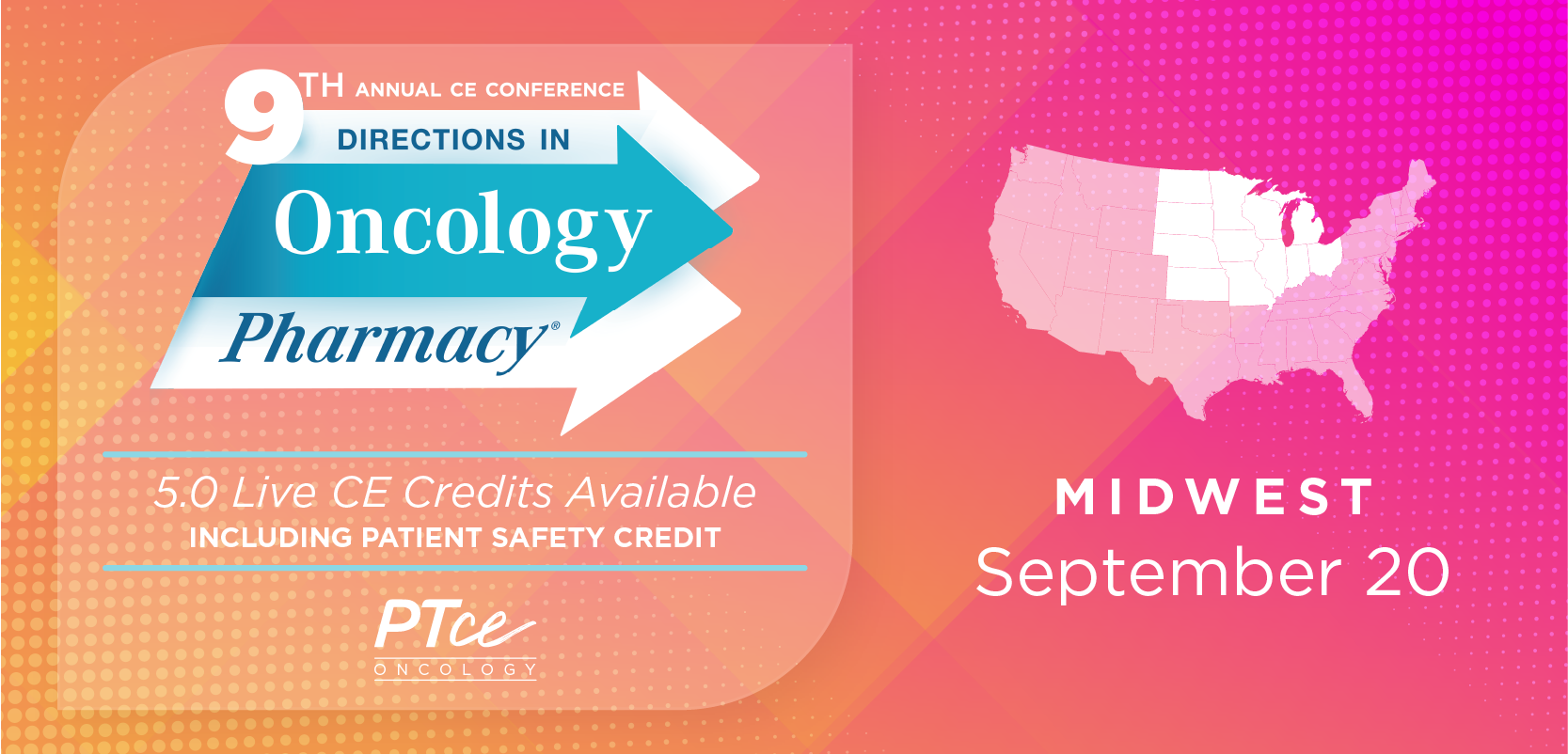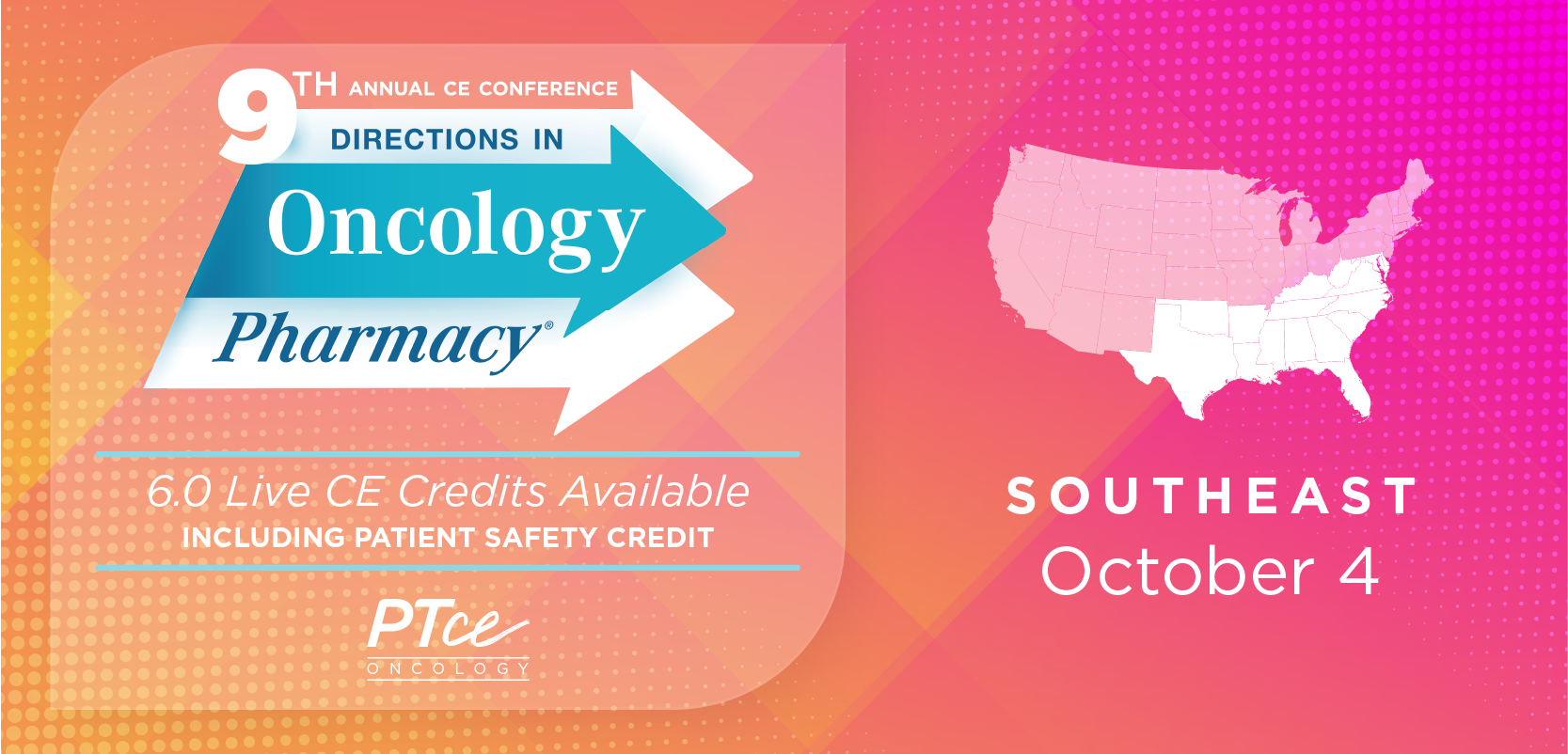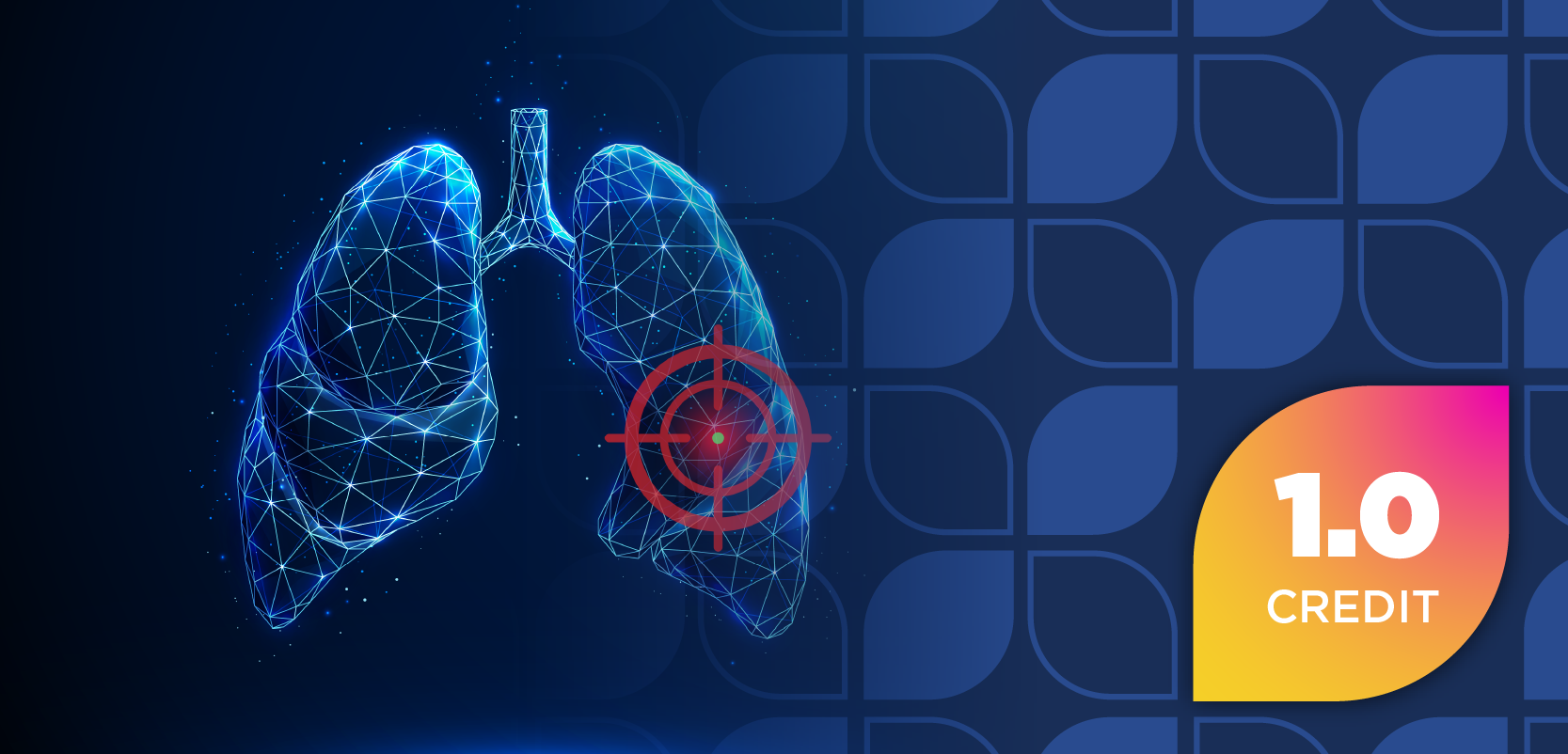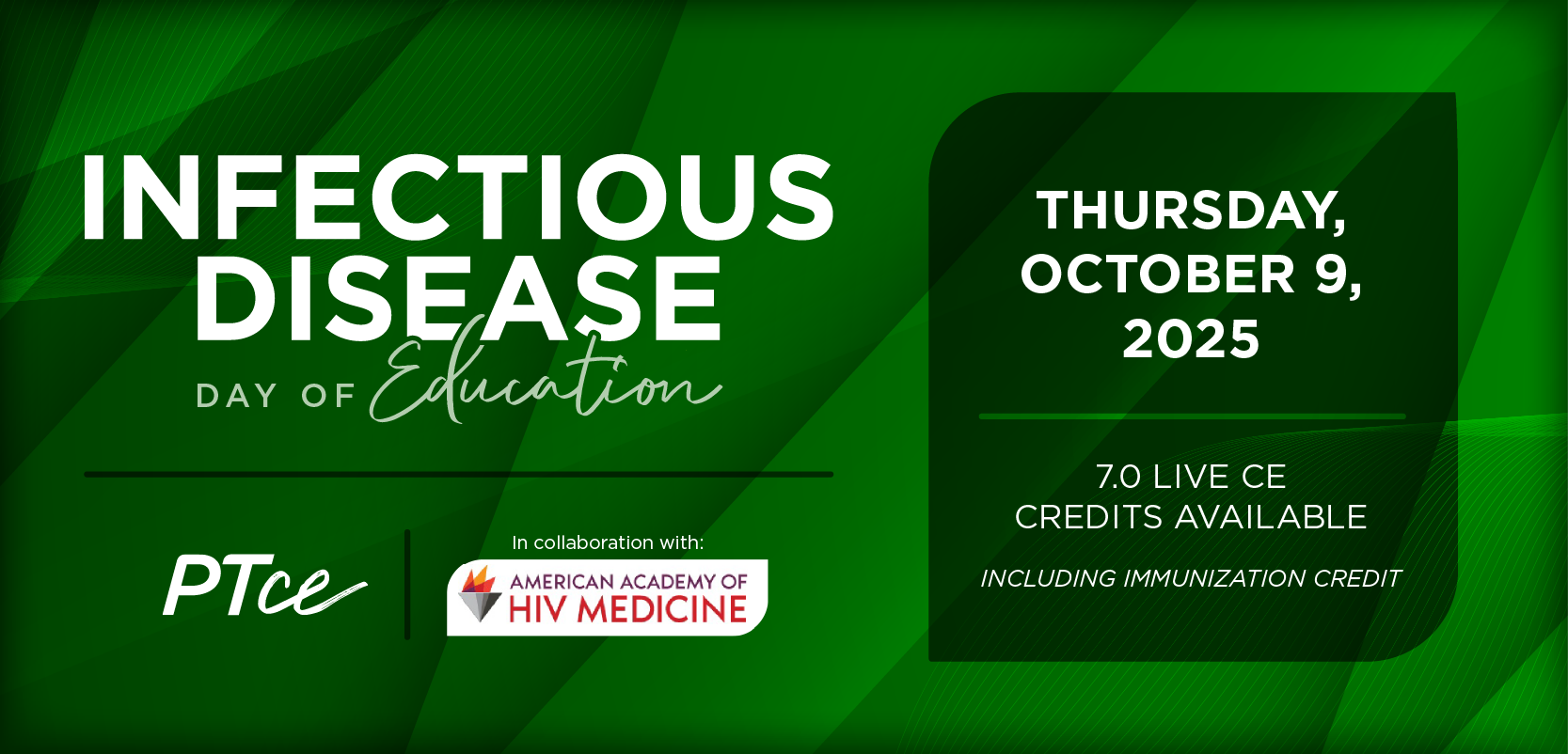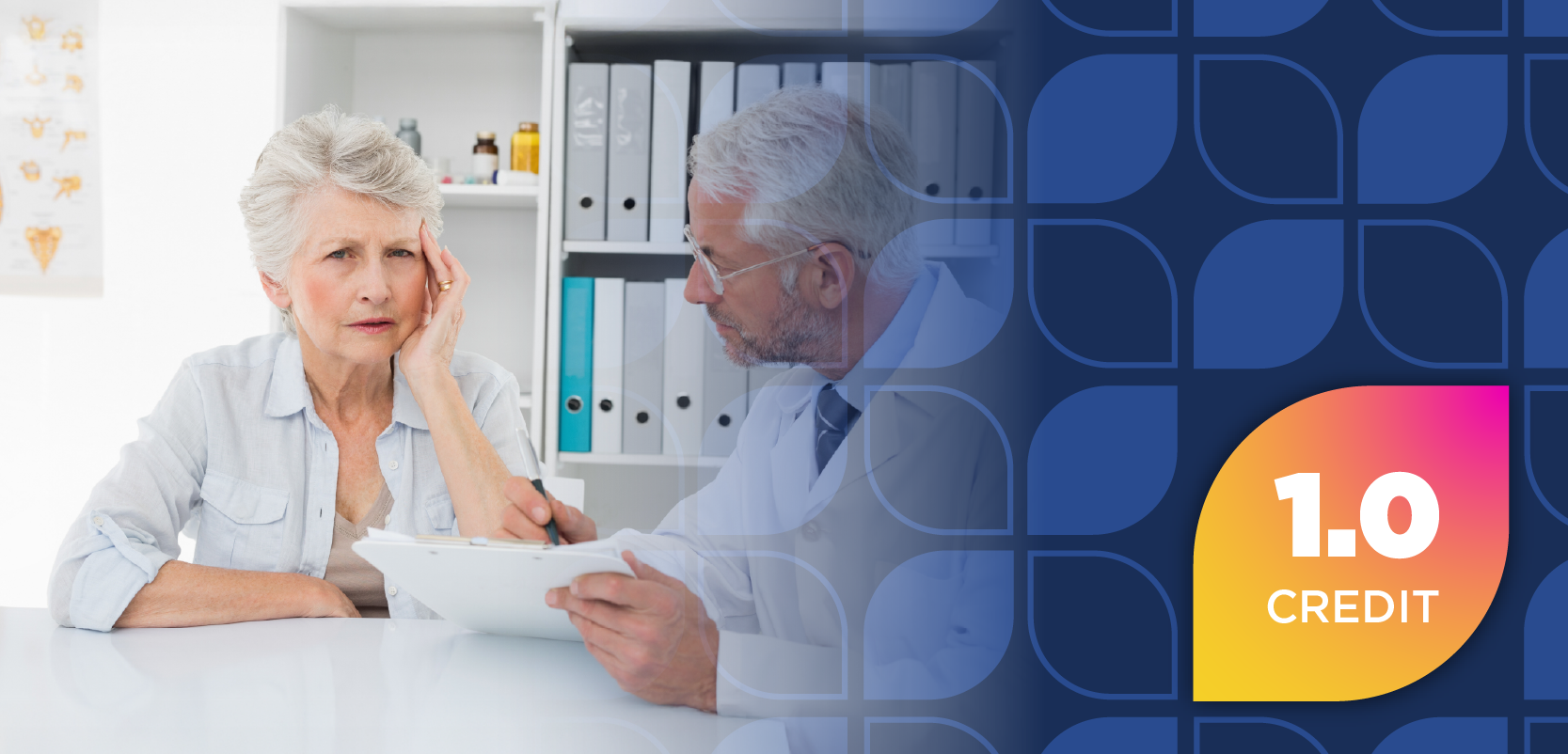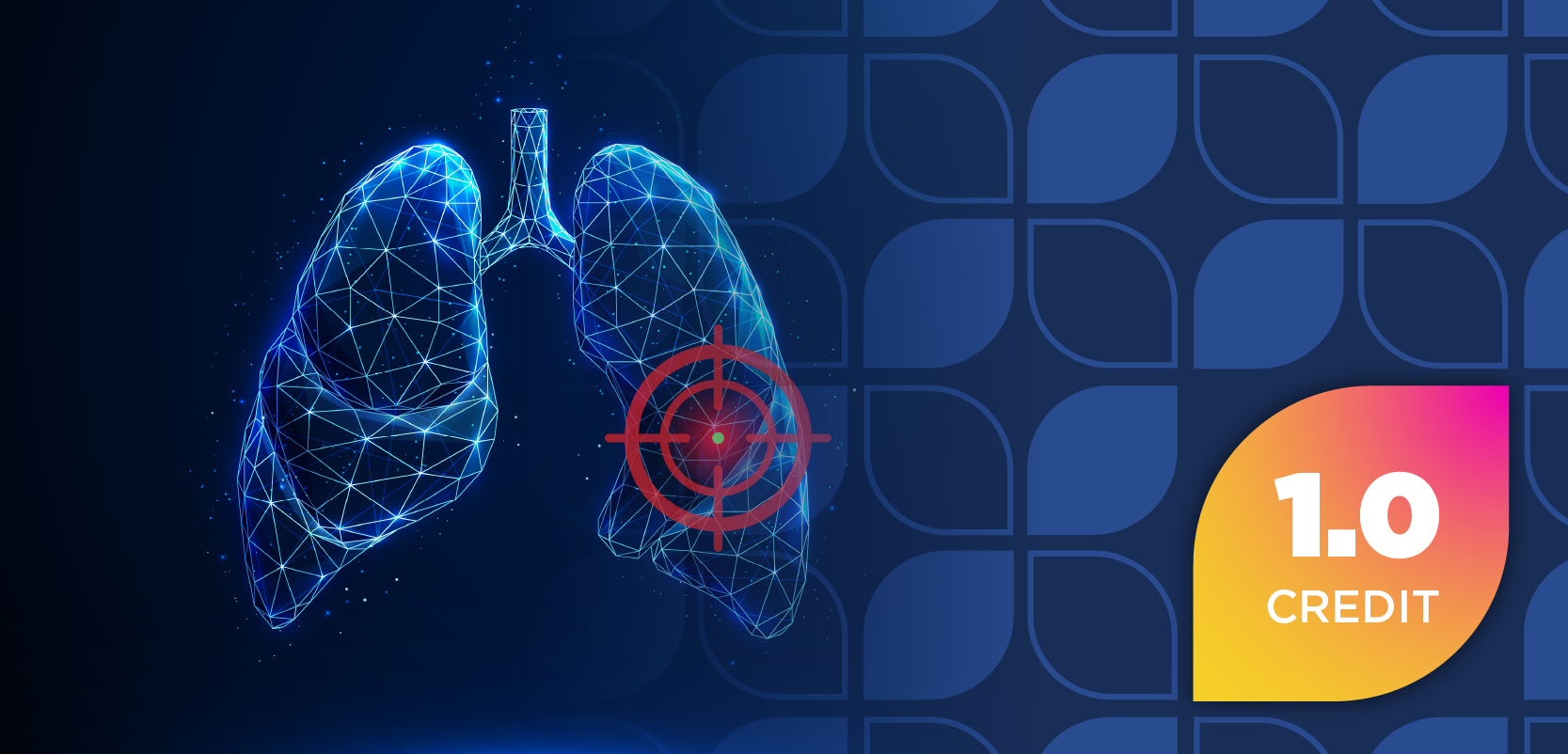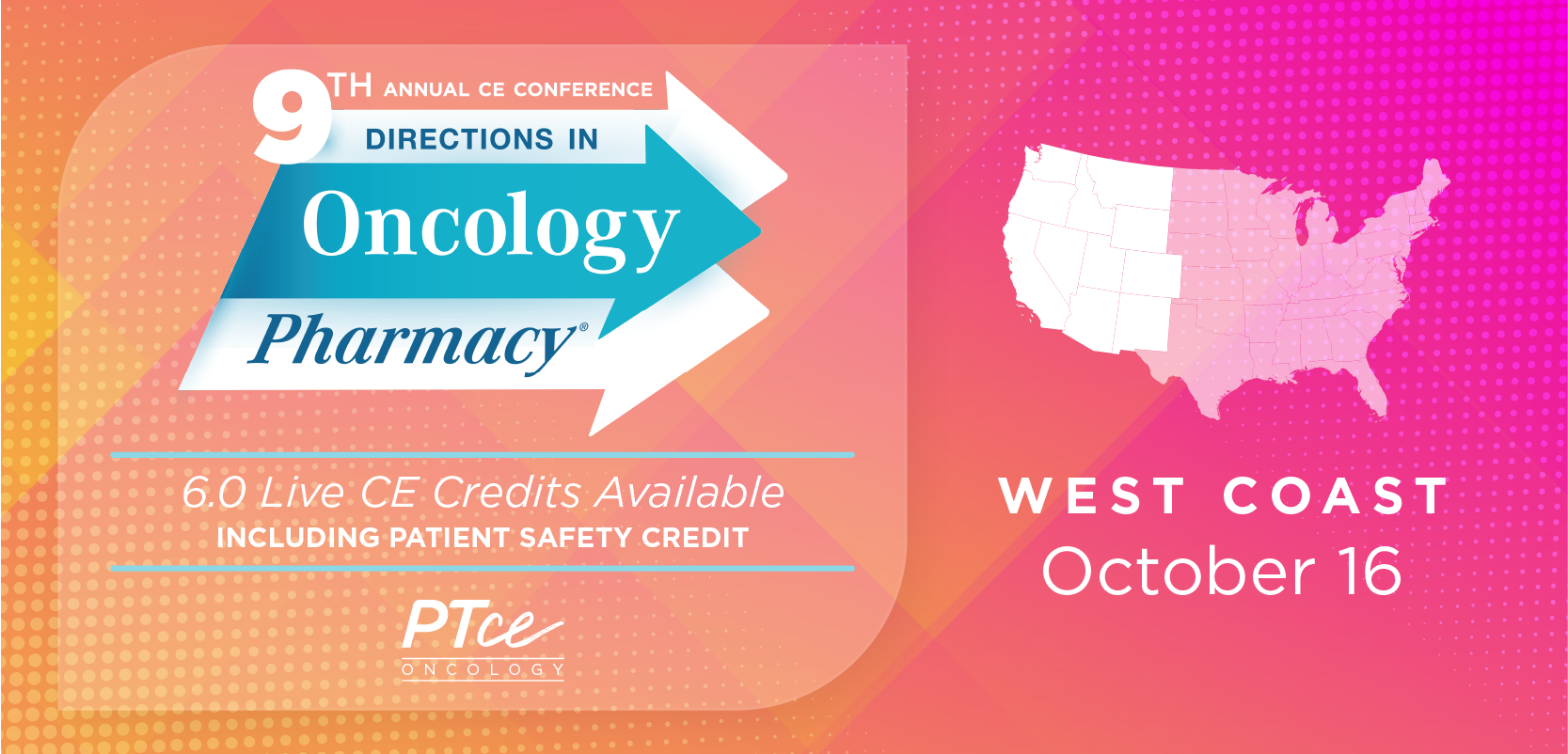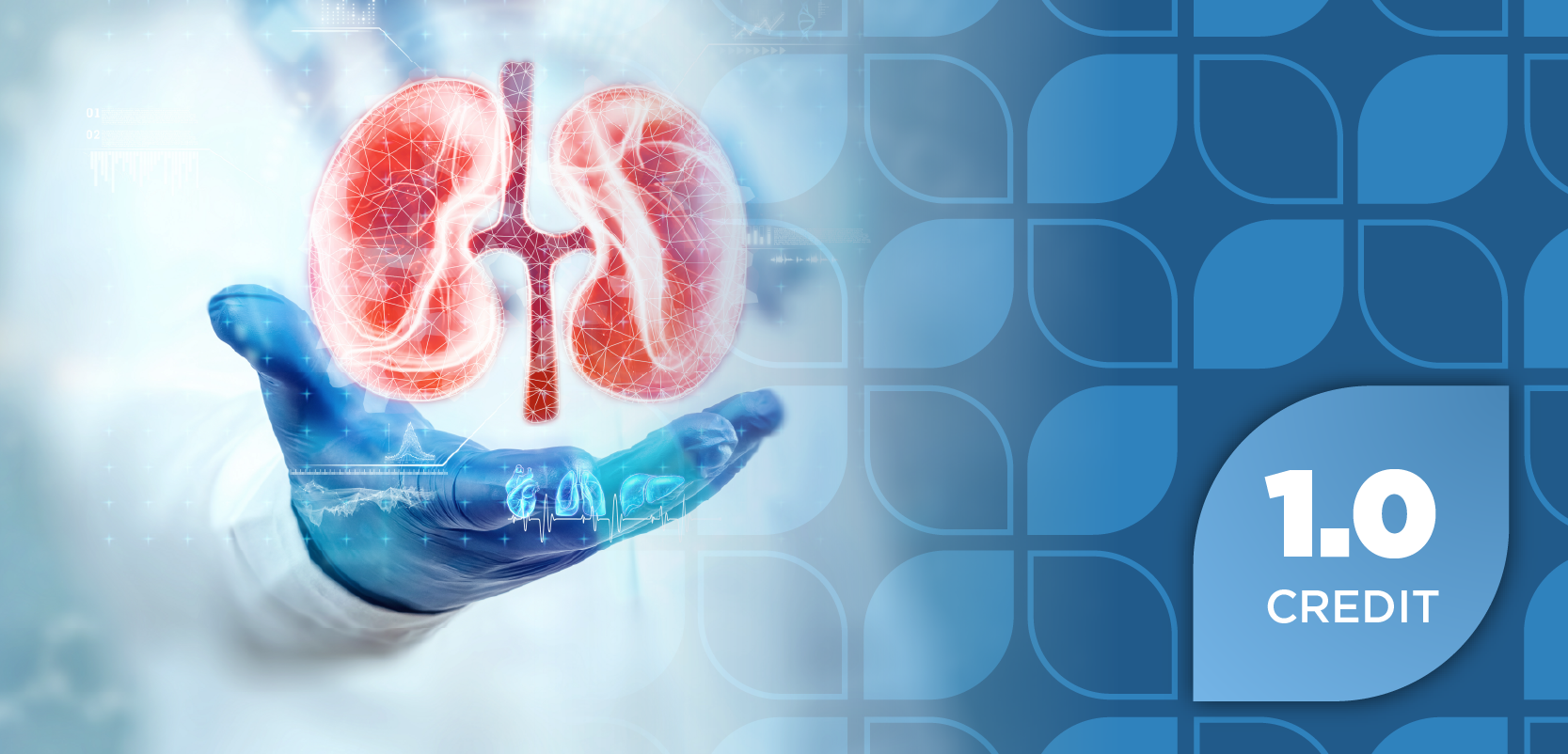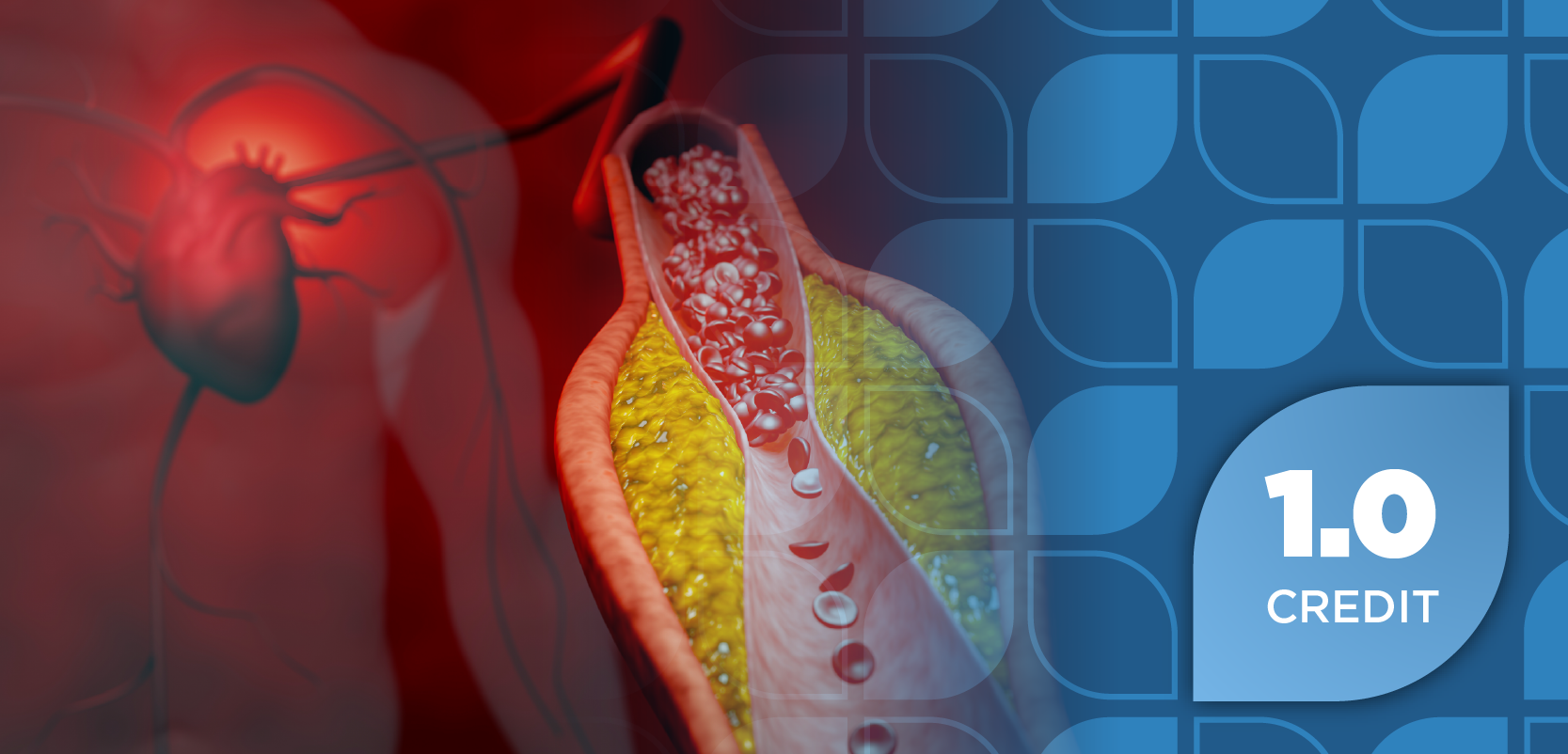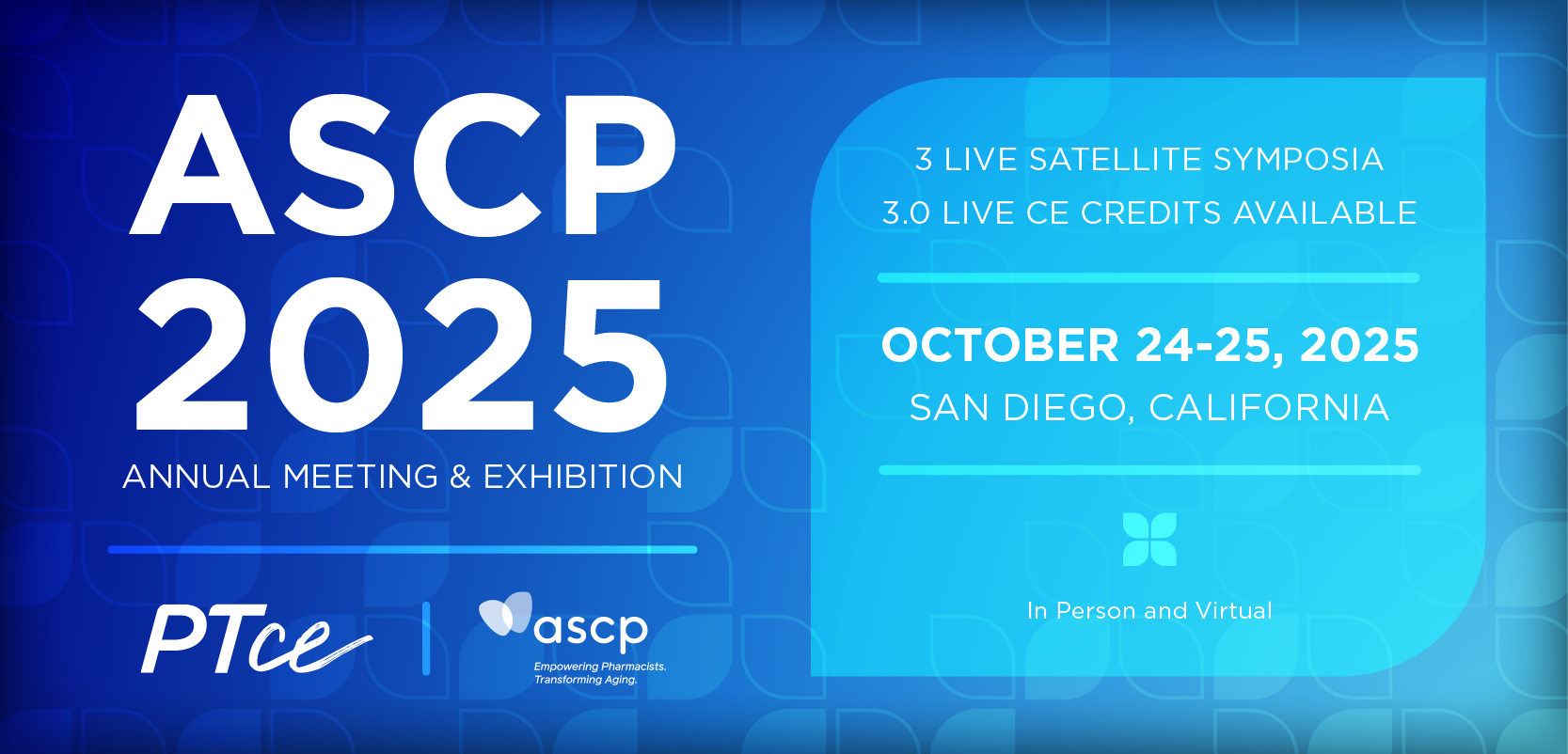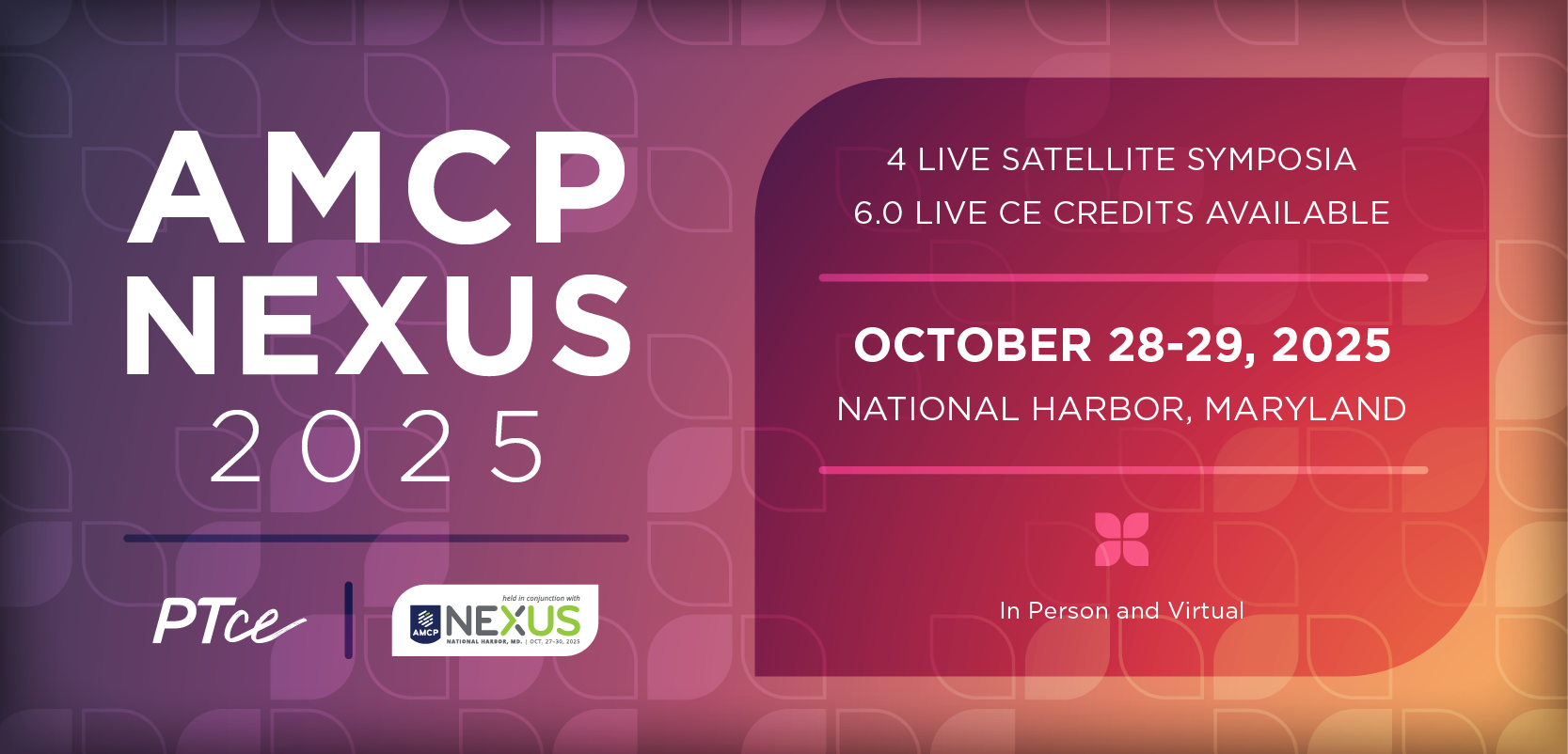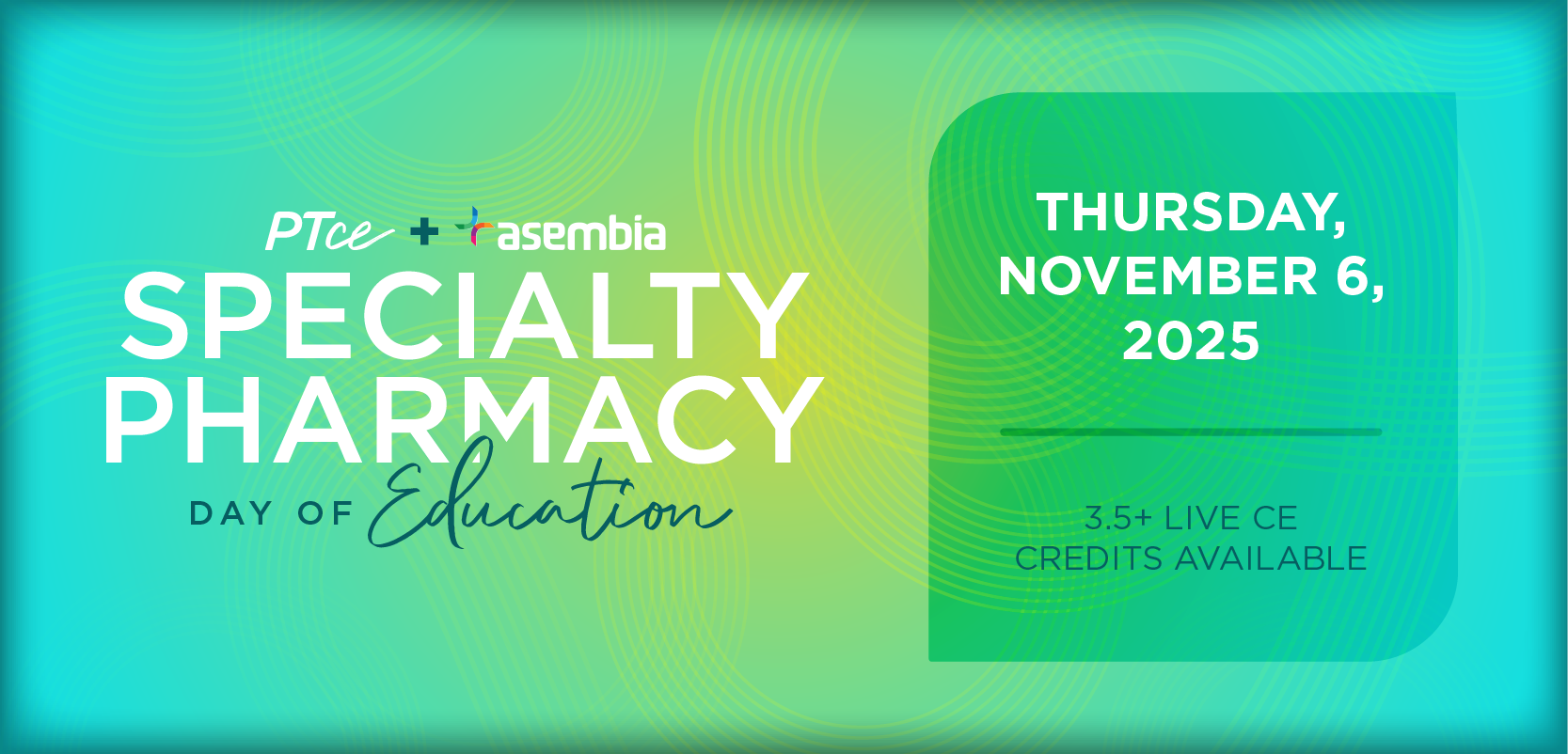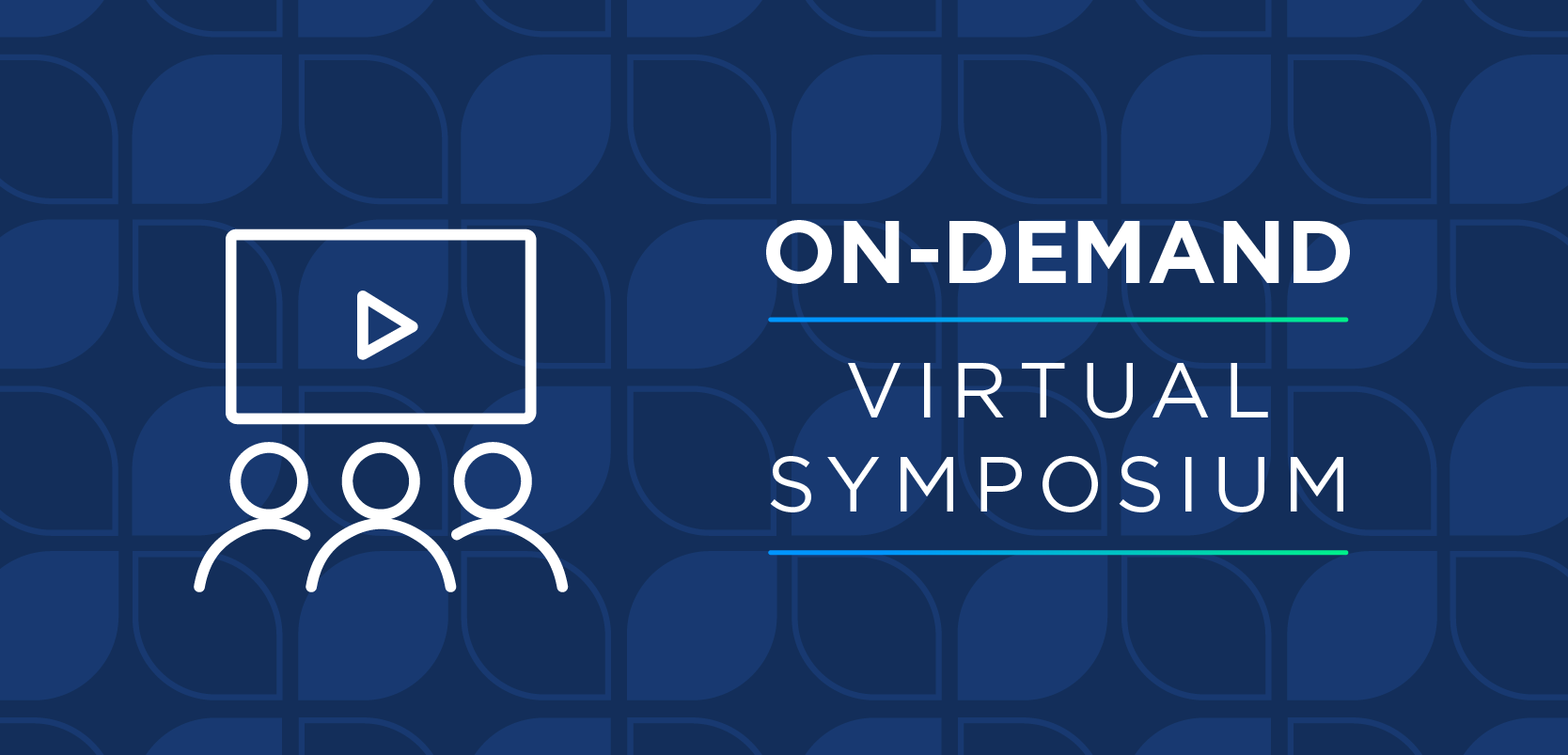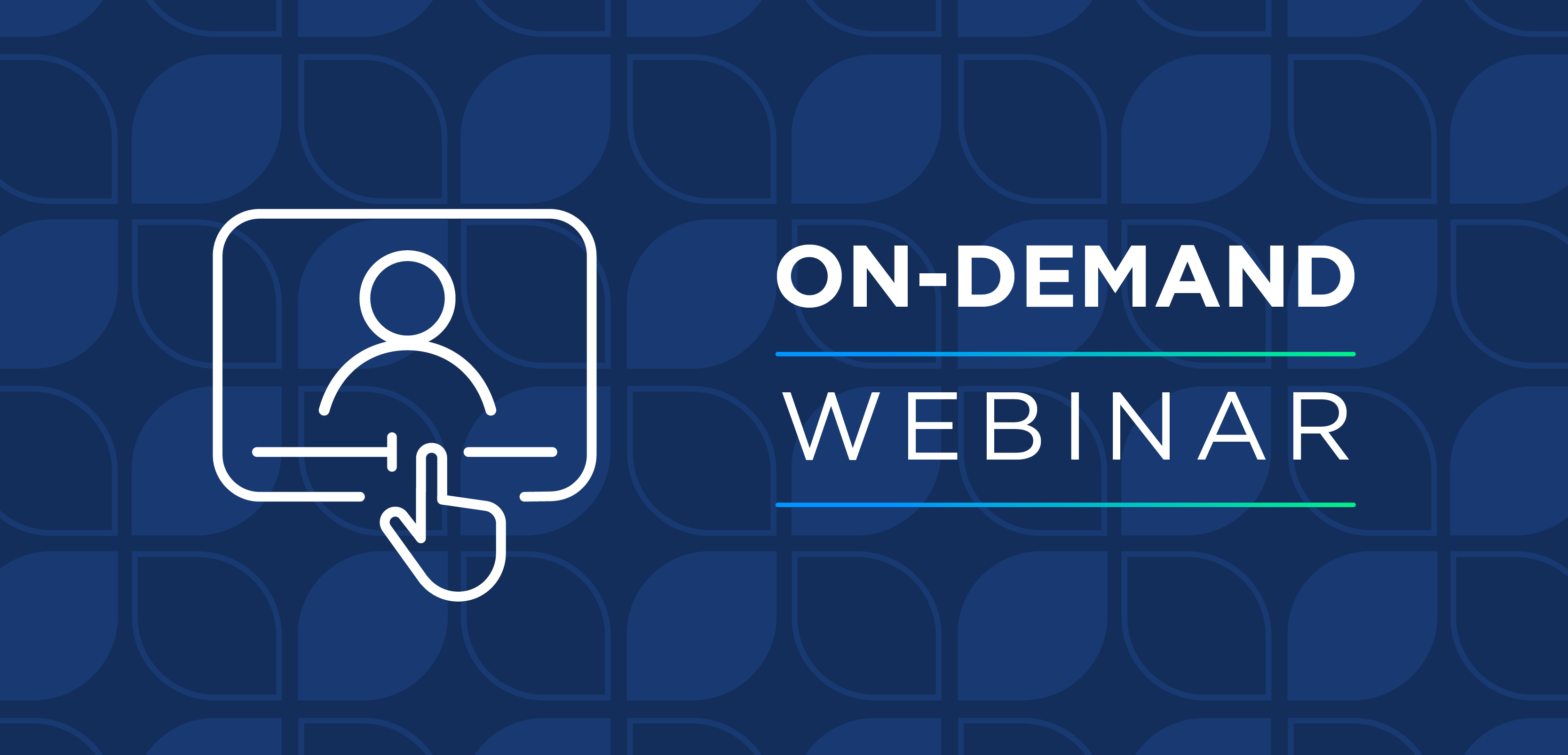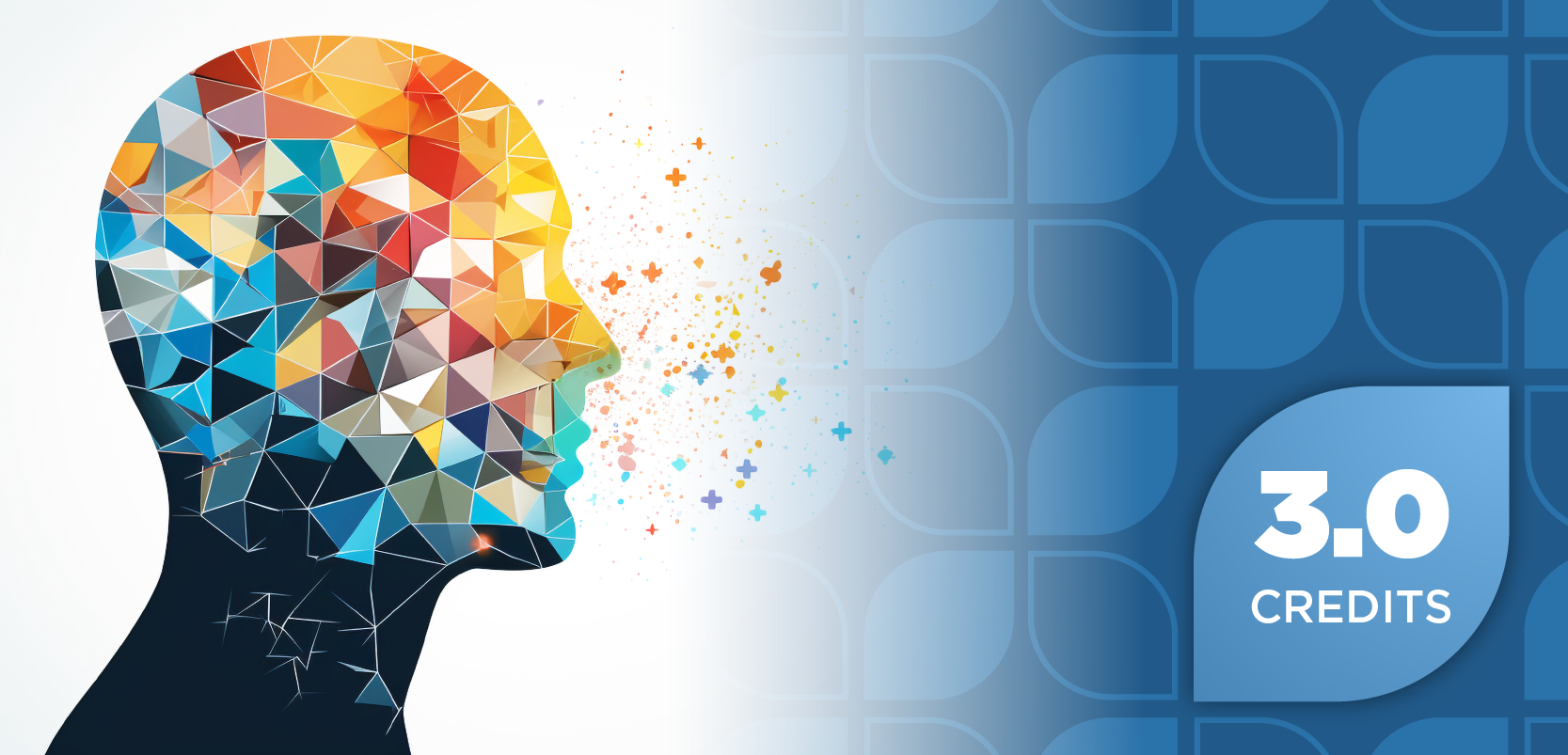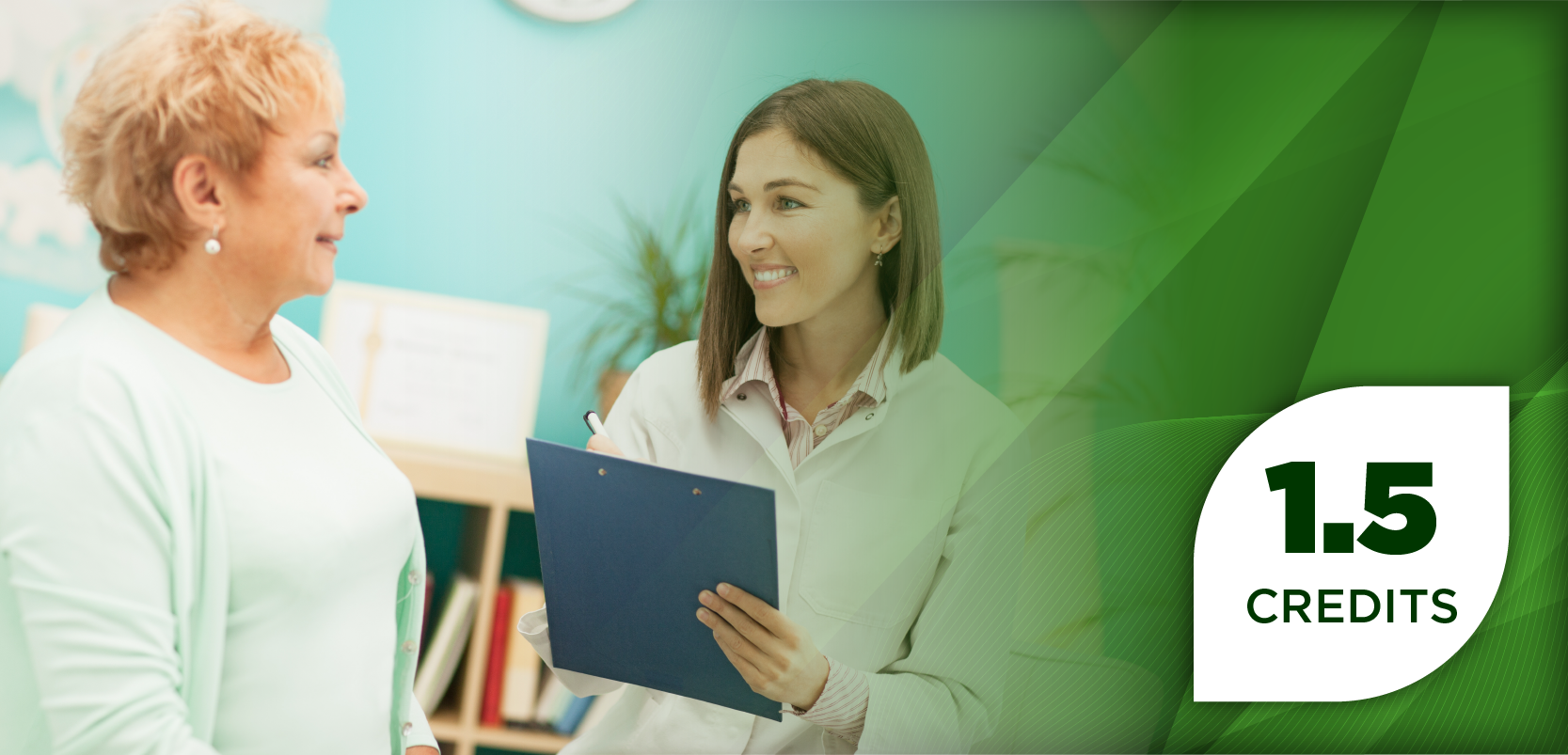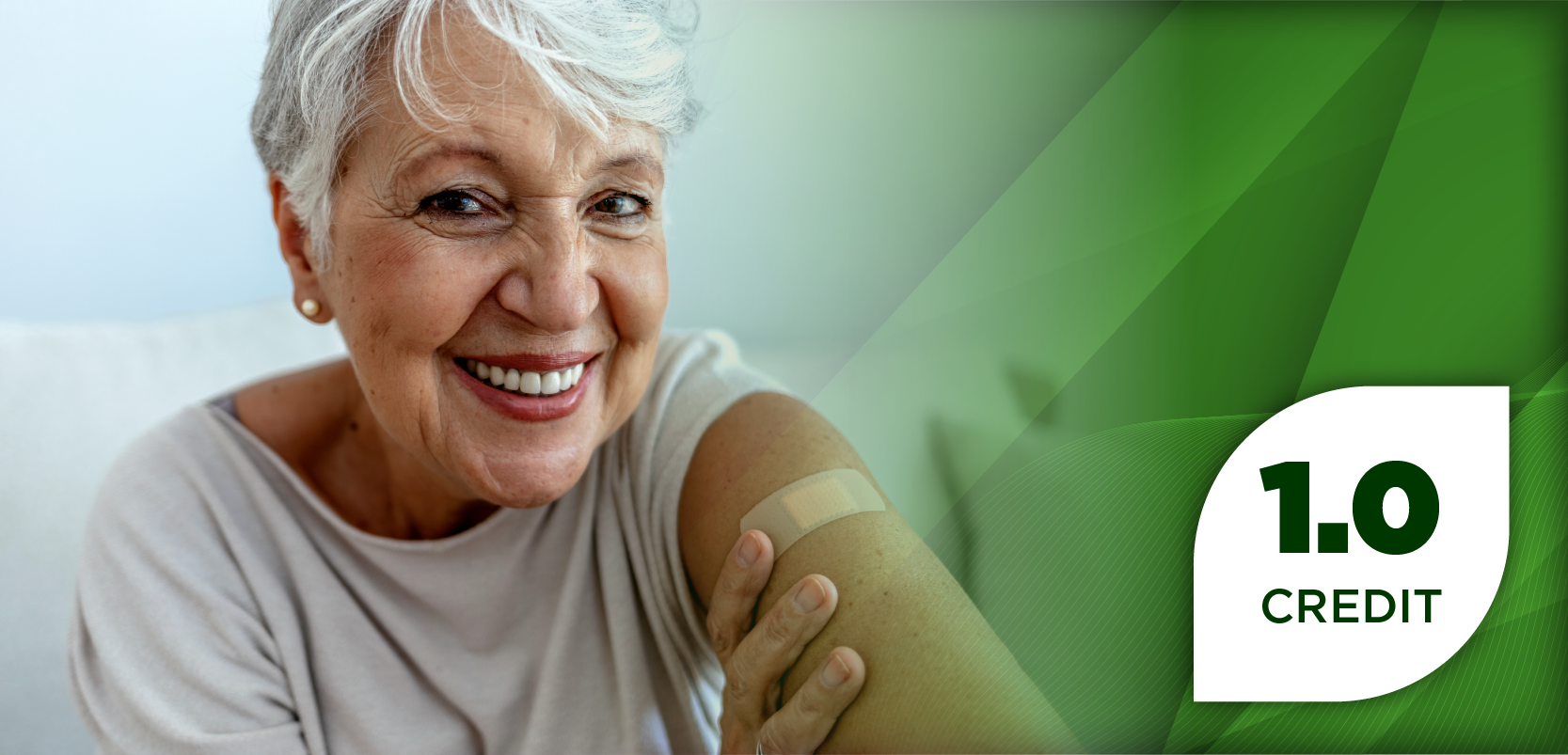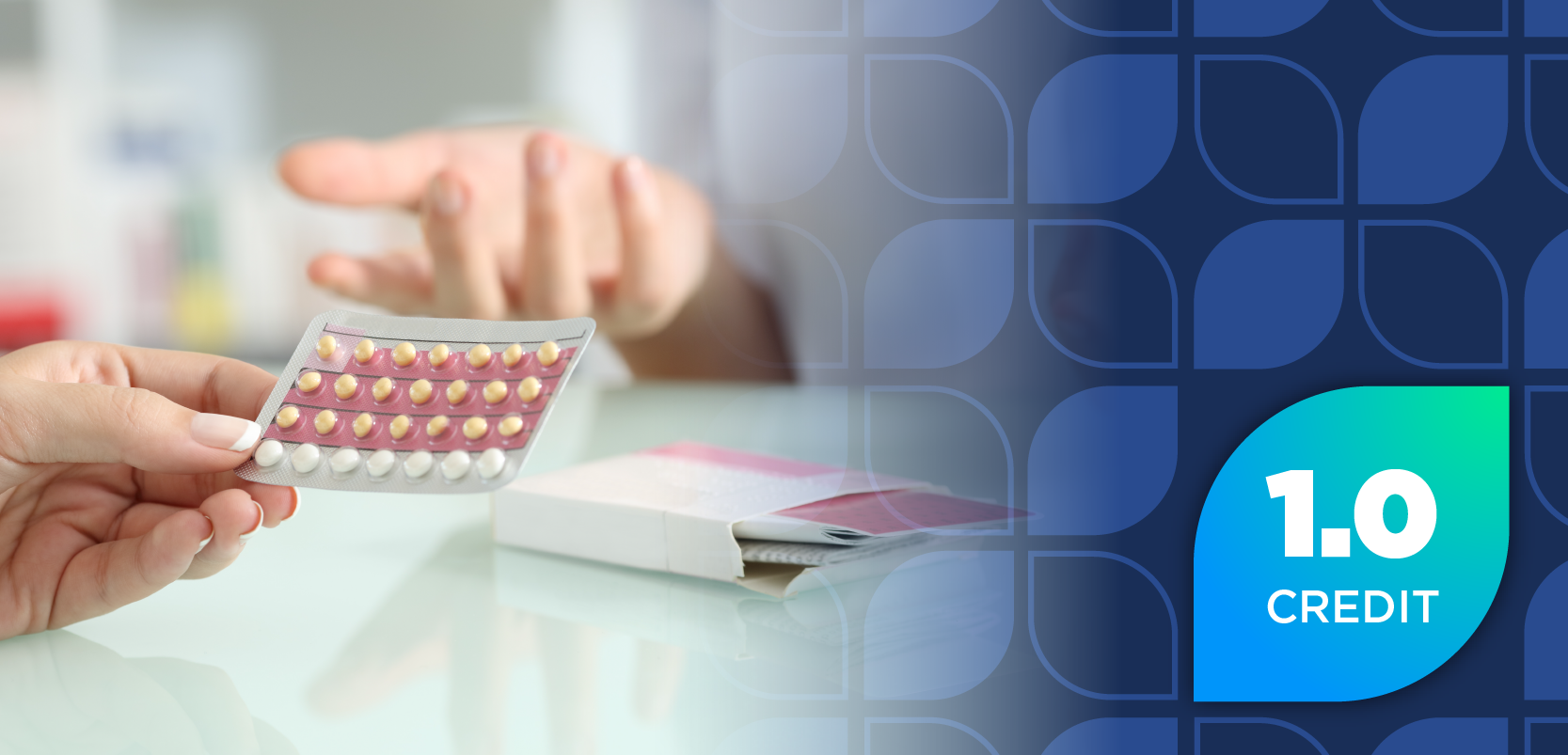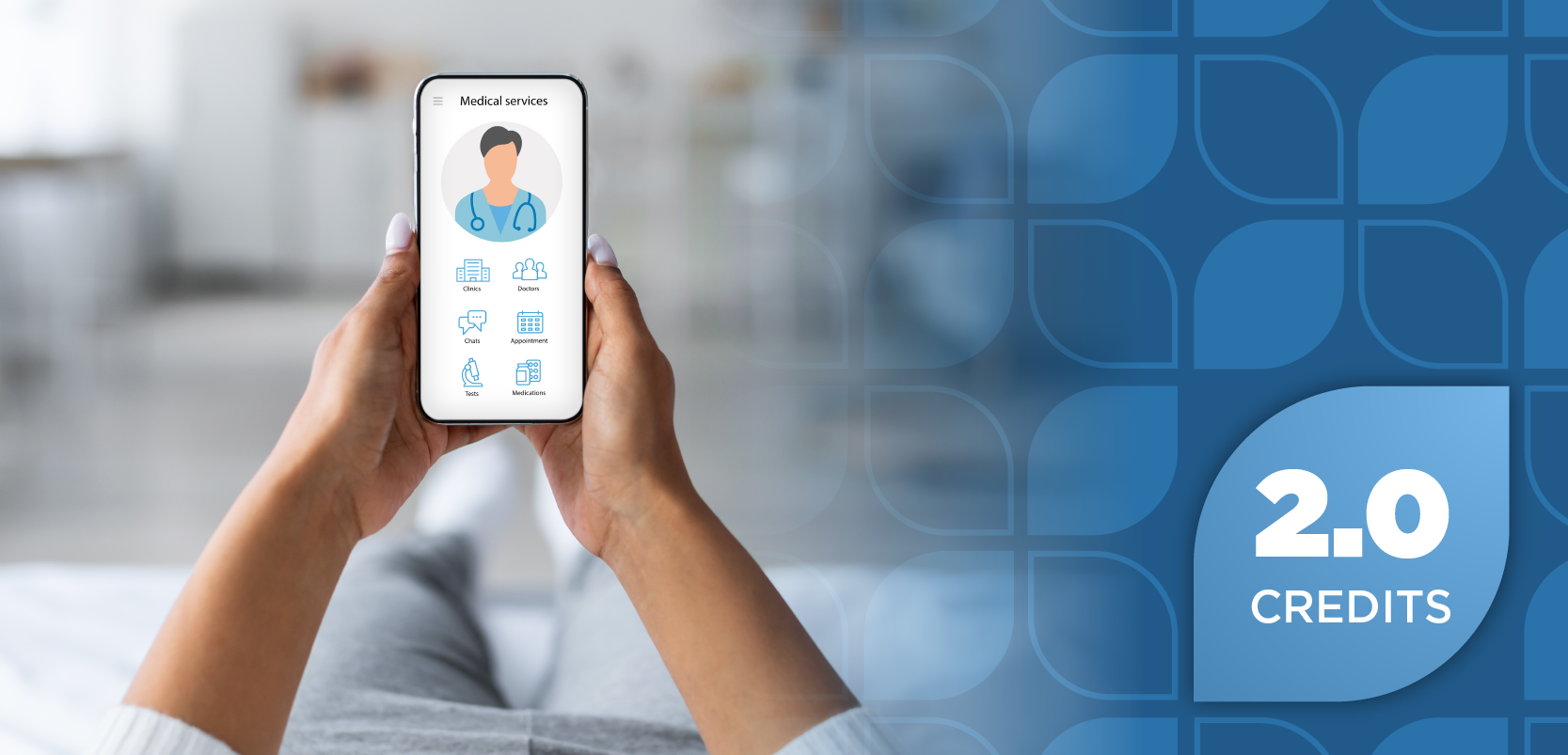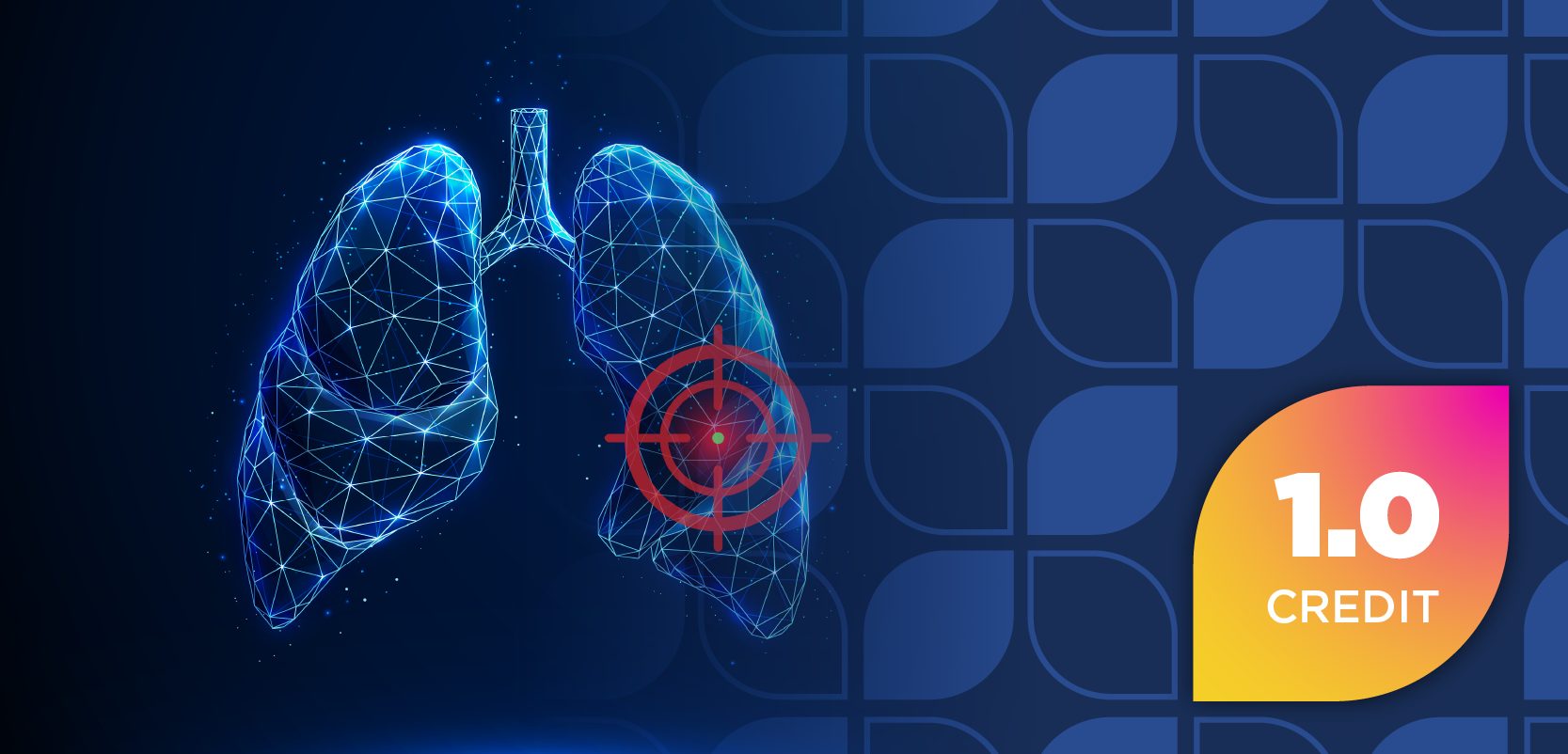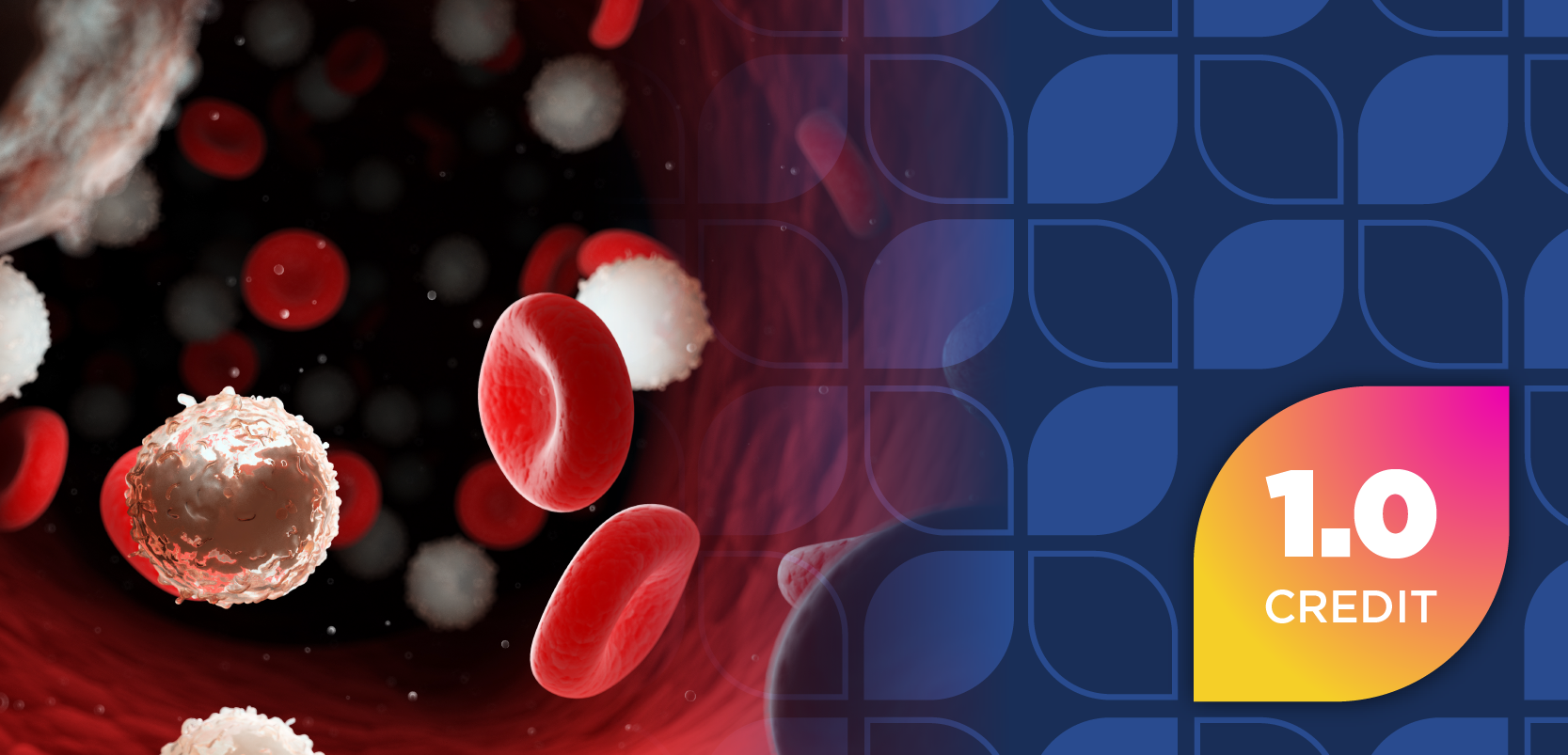Managing Head Lice
According to the CDC head lice is the most common and least harmful infestation in the United States as healthcare providers treat about 12 million cases per year resulting in an estimated 1 billion dollars being spent on treatment costs.
Working in a community pharmacy I have received my share of Permethrin prescriptions, which has left me scratching throughout the day. I realize that it’s all in my head and after doing some research, I discovered how uneducated I was on the topic. I decided to then write this article to discuss the myths and truths about lice and also how to manage it.
It is essential that pharmacists know about head lice so that they can educate and treat the patients that come in with head lice as well as it affects a large amount of the population. According to the CDC, head lice is the most common and least harmful infestation in the United States, as health care providers treat about 12 million cases per year resulting in an estimated 1 billion dollars being spent on treatment costs.
Myths Vs. Truth
As you’re talking to patients, it may be beneficial to know the difference between what is a myth and what are the facts. Many misconceptions regarding head lice exist and as pharmacists, it is our job to deliver the correct information to our patients.
1. Myth: Head lice can hop, jump, or fly.
· The truth is that head lice can only travel by crawling. Head lice crawl around the scalp, staying as close as 1 cm in order to feed and gain warmth.
2. Myth: Head lice can be easily acquired from sharing personal belongings such as hats, clothing, and hair brushes.
· Although this is not impossible, it is very unlikely. Head lice are most commonly spread by head-to head contact. Most infestations take place in environments where children congregate such as schools and daycares.
3. Myth: Head lice are a result of uncleanliness.
· This is one of the biggest misconceptions concerning lice, as people think that head lice only affect those with a lower socioeconomic status or people with poor hygiene. The truth is all socioeconomic classes are affected regardless of the degree of cleanliness as hygiene does not play a role.
4. Myth: Head lice can live everywhere.
· Head lice need a scalp in order to survive. On a person’s scalp head lice have a life span of 30 days but once they travel away from the body they can only survive for less than 24 hours.
5. Myth: Head lice spread diseases.
· Although a secondary skin infection can occur due to excessive scratching that resulted from the head lice, the lice themselves do not cause any infections or diseases.
OTC Treatment Options
Permethrin 1% lotion or cream rinse (NIX)
· Synthetically derived from chrysanthemum plants
· MOA: Inhibits and delays repolarization of the voltage-gated sodium channel leading to hyperexcitability
· Approved for the use of children as young as 2 months old
· Administration: First shampoo hair without conditioner, rinse, and towel dry. Shake the lotion or cream well before use and cover eye/face with a towel to protect area. Lightly coat hair and scalp, working the medication into the hair gently. Leave the medication on for 10 minutes. Then apply some warm water to lather the hair one last time before rinsing fully. After the hair is dried with a towel, the patient can then be instructed to use a special nit comb or tweezers in order to remove the dead lice eggs from the hair.
Pyrethrins plus piperonyl butoxide 0.33%/4% shampoo (RID)
· Synthetically derived from chrysanthemum plants
· MOA: Inhibits and delays repolarization of the voltage-gated sodium channel leading to hyperexcitability
· Approved for the use of children starting at 2 years old
· Administration: Patient should be instructed to wash hands before and after use. This product differs from Permethrin as the patient should be instructed to NOT wet their hair prior to use. The medication should be applied to dry hair and scalp, leaving the product on for a total of 10 minutes. After the 10 minutes is up, the patient can then use a little warm water and shampoo on the hair to wash out the product. After the hair is dried with a towel, the patient can then be instructed to use a special nit comb or tweezers in order to remove the dead lice eggs from the hair.
Prescription Treatment Options
Benzyl alcohol 5% Lotion (Ulesfia)
· Only therapy available that is not neurotoxic to the louse
· MOA: Works on the louses respiratory system obstructing respiratory spiracles but had no effect on the lice eggs
· Approved for the use of children starting at 6 months
· Administration: Patient should be instructed to wash hands before and after use. The medication should be applied to dry hair and scalp. When applying, the scalp should be completely saturated. The product should be left on for 10 minutes. After the 10 minutes is up the patient can then use a little warm water and shampoo on the hair in order to wash out the product. After the hair is dried with a towel, the patient has the option to go through the hair with a nit comb but it is not required. However, this medication does require a second treatment after 7-10 days.
Ivermectin 0.5% Lotion (Sklice)
· MOA: Works by exerting a neurotoxic effect on head lice, changing the permeability of chloride channels in the muscle cells
· Approved for the use of children starting at 6 months
· Administration: Patient should be instructed to wash hands before and after use. The medication should be applied to dry hair and scalp. When applying, the patient should be instructed to apply a sufficient amount (up to 1 tube). The product should be left on for 10 minutes after the scalp and hair has been completely covered. After the 10 minutes is up the patient can then rinse with warm water. After the hair is dried with a towel, the patient has the option to go through the hair with a nit comb but it is not required. Unlike Benzyl alcohol, this is a single dose treatment.
Malathion 0.5% Lotion (Ovide)
· Capable of killing eggs
· MOA: Works by inhibiting cholinesterase activity
· Approved for the use of children starting at 6 years
· **Contraindicated in neonates and infants
· Administration: Patient should be instructed to wash hands before and after use. The medication should be applied to moisten dry hair and scalp. When applying, the patient should be instructed to apply a sufficient amount. The patient should then let the hair dry naturally leaving the product on for a total of 8-12 hour. The medication can then be washed out with warm water and shampoo. After the hair is dried with a towel, the patient can then be instructed to use a special nit comb or tweezers in order to remove the dead lice eggs from the hair.
Spinosad 0.9% suspension (Natroba)
· Capable of killing eggs
· MOA: Works by inhibiting nicotinic acetylcholine receptors leading to neuronal excitation
· Approved for the use of children starting at 6 months
· Administration: Patient should be instructed to wash hands before and after use. The medication should be applied to dry hair and scalp. When applying, the scalp should be completely saturated. The product should be left on for 10 minutes. After the 10 minutes is up the patient can then use a little warm water and shampoo on the hair in order to wash out the product. After the hair is dried with a towel, the patient can then be instructed to use a special nit comb or tweezers in order to remove the dead lice eggs from the hair.
Conclusion
When counseling patients about head lice, you now have the knowledge to debunk any common misconceptions or concerns that the patient might have. The treatment options have different directions concerning administration, which should be discussed with the patient. It is also very important to instruct the patients to vacuum the house and to wash all clothes and bedding in hot water to get rid of any lice that may have traveled away from the scalp. Washing these items should be done no later than 3 days after treatment. Any hair supplies including combs and brushes should also be soaked in hot water for 5-10 minutes before use.
Works Cited:
1. CDC. Parasites- Lice — Head Lice: Epidemiology & Risk Factors.
2. The Truth About Head Lice. Sanofi Pasteur and the National Association of School Nurses.
3. Treating Head Lice. U.S. Food and Drug Administration.
Newsletter
Stay informed on drug updates, treatment guidelines, and pharmacy practice trends—subscribe to Pharmacy Times for weekly clinical insights.
Related Articles
 Effectively Managing Immunizations in the Long-Term Care Setting
Effectively Managing Immunizations in the Long-Term Care SettingSeptember 18th 2025
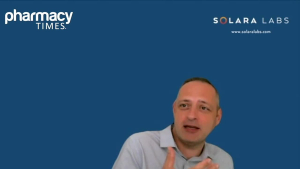 Creating a Culture of Quality in Fast-Melt Tablet Development
Creating a Culture of Quality in Fast-Melt Tablet DevelopmentSeptember 18th 2025
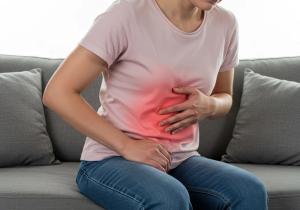 Advise Patients About Self-Care Measures to Treat Mild to Moderate GI Issues
Advise Patients About Self-Care Measures to Treat Mild to Moderate GI IssuesSeptember 18th 2025

